I’m not sure why I never wrote about our jaunt to Arromanches before. I wrote about our jaunt to Pointe du Hoc and the Normandy American Cemetery and Memorial. But I never wrote anything about Arromanches. Hmm…
Well, what better day to fix that than on June 6th in memory of D-Day, right?
A Confession
Fist off, I have to admit that I didn’t know anything about Arromanches before we visited in 2015.
To me, Normandy was just that. Normandy. A place in France that was a huge stage for a very important part of World War II.
I didn’t even have an appreciation for, or knowledge of, Pointe du Hoc before we visited. Maybe I’d read about it in school for some history class along the way, but if I had? It hadn’t stuck.
Which is horrible.
A Brief History
Pointe du Hoc played a super pivotal part in the success of the Normandy landings.
On June 6, 1944, U.S. Army Rangers scaled the cliffs and fought to take control of the strategic promontory from the German Army.
Because they did, Allied Forces were able to storm the beaches of Normandy and liberate that part of France from German occupation, and then later the rest of France.
It’s also widely credited with being the catalyst to end the rest of the war in Europe.
The Part Arromanches Played
Since the Normandy Tourism website perfectly explains the significance this seaside town played in World War II, I’ll share that:
Arromanches is a very moving place. Here, in the midst of the D-Day beaches, you still get a strong sense of the huge effort involved in the Allied invasion to liberate France and the rest of Western Europe from June 1944 on. Troops deliberately did not land at Arromanches on D-Day itself, to leave the coast here clear for a portable harbour (nicknamed Mulberry Harbour) being tugged over from southern England to be put in place, free of any debris.
The port was meant to be temporary, lasting maybe three months. It served for some five months. The Arromanches Mulberry Harbour became known as Port Winston, after British wartime leader Winston Churchill, who was closely involved in its conception. A staggering 2.5 million men, 500,000 vehicles and 4 million tonnes of supplies arrived via Port Winston.
Photos
The artificial harbor may have only served for five months, but some of it still remains to this day. It makes for quite the haunting scenery on the beach.
But at its heart, that’s what Arromanches is: a charming and picturesque French seaside village that had front row seats to a pivotal moment in history.

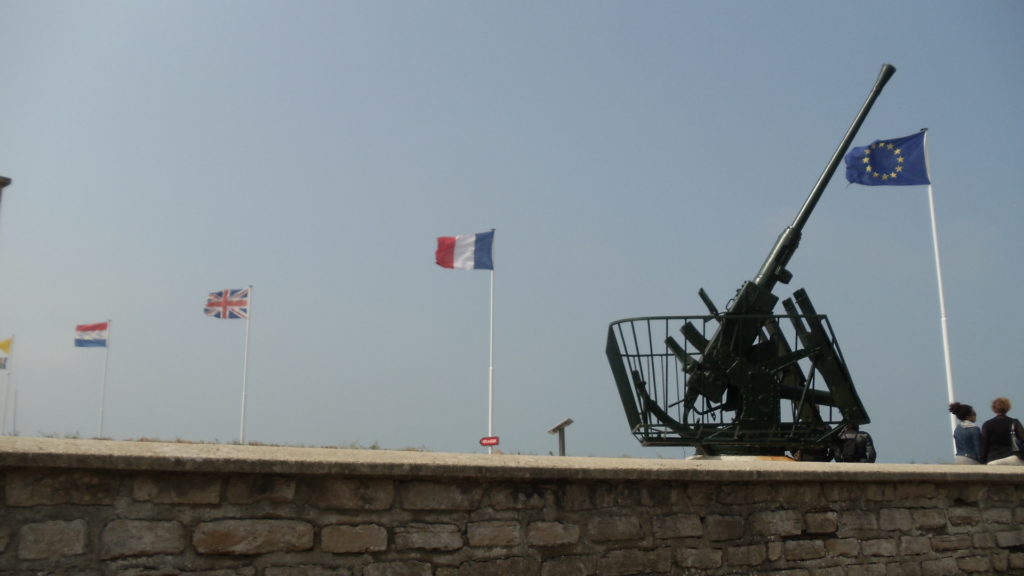

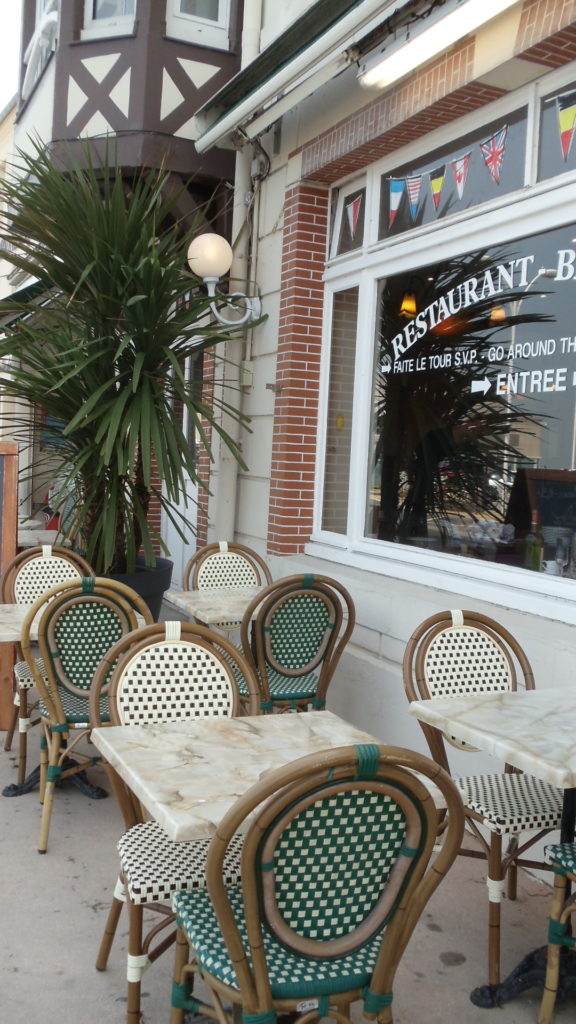
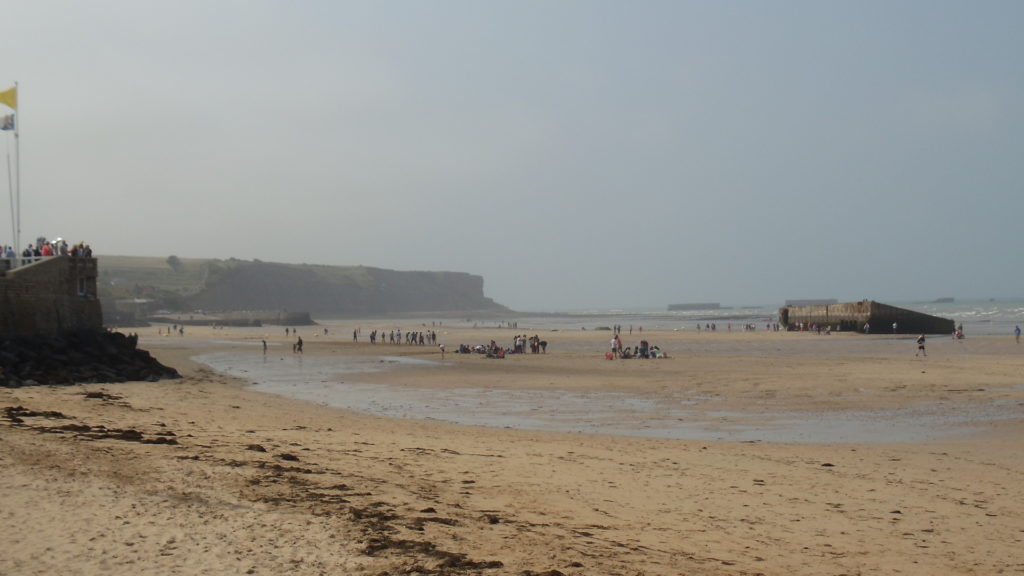
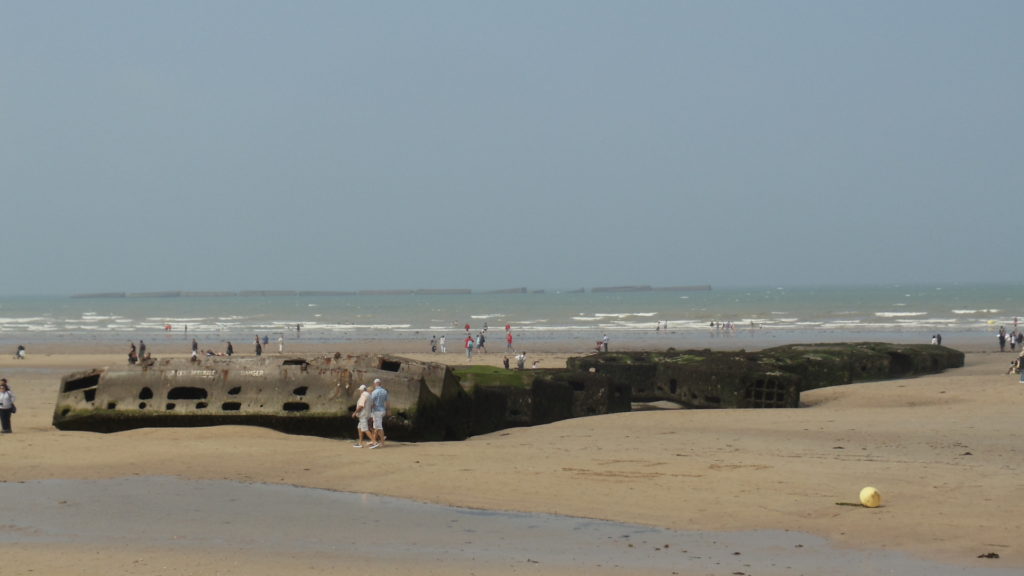
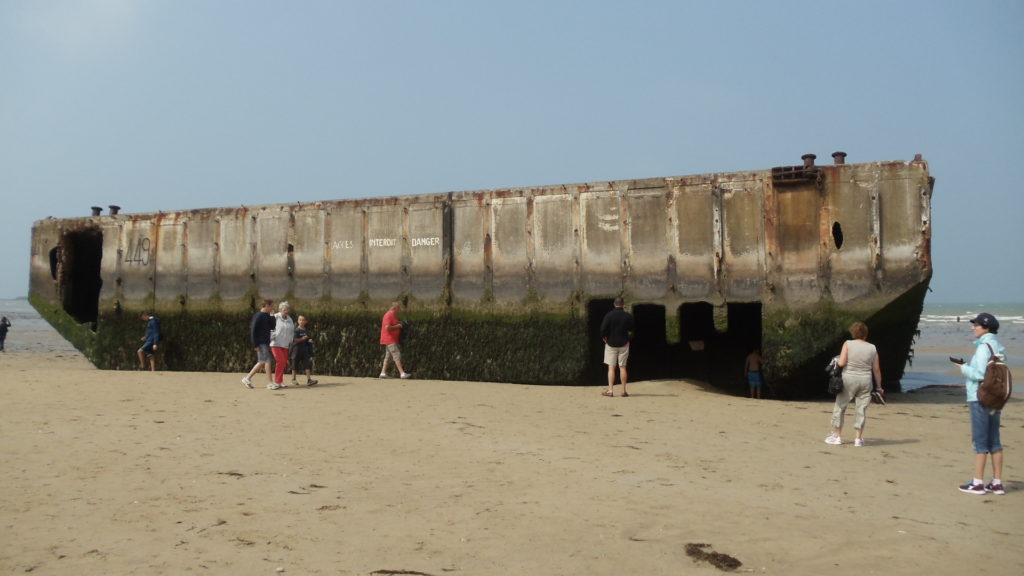

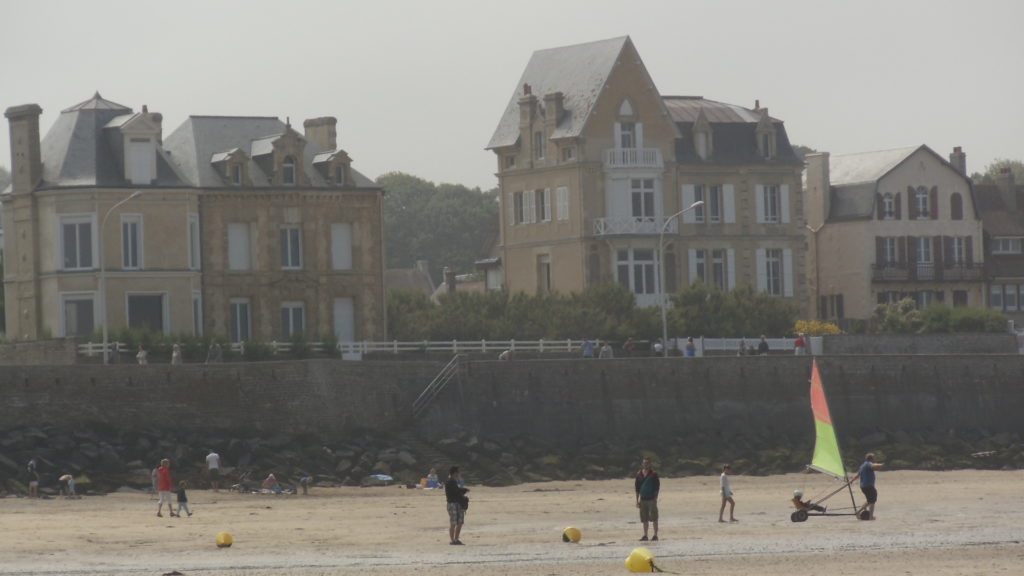



Courtney Mroch is a globe-trotting restless spirit who’s both possessed by wanderlust and the spirit of adventure, as well as obsessed with true crime, horror, the paranormal, and weird days. Perhaps it has something to do with her genes? She is related to occult royalty, after all. Marie Laveau, the famous Voodoo practitioner of New Orleans, is one of her ancestors. That could also explain her infatuation with skeletons.
Speaking of healing, to learn how she channeled her battle with cancer to conjure up this site, check out HJ’s Origin Story.
